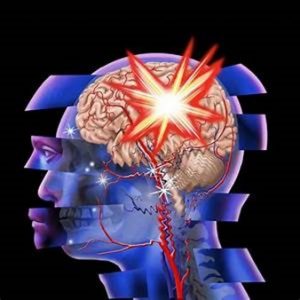
With the continued progression of science and technology, it is becoming evident that concussions are much more common than many had thought of. Although concussions have been around for a long time, society is much more aware of them in todays day in age. An example of this is with America’s National Football League. If you were to look back into the early 2000’s, the NFL safety precautions were little not nothing. Helmet equipment was a hard piece of plastic with foam cushion in the inside. Players could lower helmets and hit with their head. Fast forwarding to today’s game, helmets are made with advanced technology allowing separation and gel-based cushion to prevent concussions. Rules are in place to discipline players who hit with their head and designated employees are in place to identify signs of concussions. Although advancements have not taken away concussions, they have made it easier to identify one.
Being able to identify a concussion is important because certain procedures need to be put in place to not make the current concussion worse. As we continue to improve the identification, we continue to lack in the treatment. Over the years, researchers have not successfully been able to treat a concussion and its future impact as a traumatic brain injury (TBI). There are multiple targets of research at the moment and one specific drug gives a promising outlook.
A neuroprotective drug, P7C3-A20, has been a hot topic in the world of traumatic brain injury. This drug was recently used in mice models that simulated TBI in middle age humans. A concussive state was put upon the mice and one year later they were given this P7C3-A20 compound. After one month of administration of this drug showed immediate affects with cognitive function. They stopped administration of the drug for some mice and checked results four months later. It showed the same results giving hope that repairment might be taking place. They continued the experiment and eventually found out that this compound was stopping chronic neurodegeneration and even showed signs of cell repairment.
An interesting aspect of this study related to a class discussion on what is going wrong in the brain. When a traumatic brain injury event occurs, our brain undergoes a calcium influx and sequestration in the mitochondria. With administration of the P7C3-A20, it was shown that cells were being protected of this calcium influx. P7C3-A20 showed increasement of proliferation in the sub granular zone of the dentate gyrus. The drug also showed to protect and repair endothelial cells. All these positive outbreaks of the compound administered have provided researchers with hope. TBI has and continues to affect much of our population and leaves a gloomy feeling when there is truly nothing, we can do about it. Within the next few years, we can expect human based trials and, researchers are confident that we could perhaps have a solution to one of the world’s unsolved mysteries.